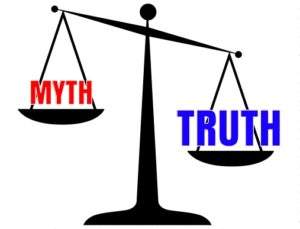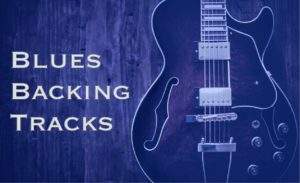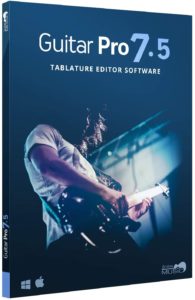Let’s be honest.
When we find something too hard to play – whether it’s a well known song, or our own idea we’re trying to bring to life – most of the time it’s ‘too hard’ because it’s too fast.
Obviously speed is not the be all and end all of playing guitar, but, when you can’t play something, it virtually always comes down to speed.
Attempting to play along with a song or solo that’s too fast for you is a bit like trying to drive a car at a pace the engine just physically can’t manage.
For players who have always been attracted to the acrobatic, virtuosic side of rock guitar, this point will be completely obvious.
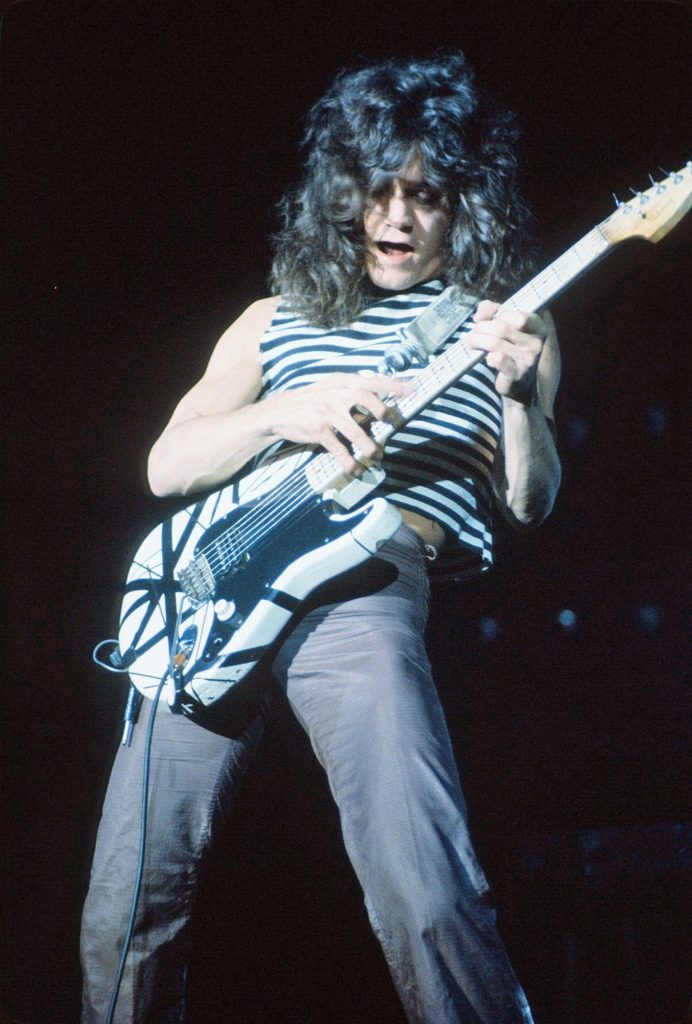
Playing fast is something you WANT to do, as well as something you clearly need to be able to do if you want to play like your heroes.
On the other hand, some players just don’t feel the same way. They never experienced that need for speed.
If you’ve read this far, some of this might be sounding familiar.
Maybe you’ve never been particularly impressed by fast players, and speed takes a backseat to other concerns like being melodic, playing with feel, choosing the best notes, playing something that fits the song, and things like that.
Maybe you feel downright put off by certain ‘shredders’ (- understandable), and you’d rather be the kind of guy who can play something tuneful; something that someone could actually hum and might even remember the next day.
If you find yourself more in the ‘feel’ “camp”, so to speak, then that’s 100% ok, of course. (PS It’s not actually a choice between Speed OR Feel, despite how a lot of people make it sound, but I know where you’re coming from.)
Perhaps tearing up and down the fretboard like EVH or Malmsteen doesn’t interest you, but that doesn’t mean gaining speed is not worth some serious time and attention.
In fact, unless you have absolutely zero interest in ever playing any kind of lead guitar (that includes even “slow” solos, as you will see), or unless you follow some kind of punk ethos which is deliberately ‘opposed’ to good playing, speed is essential.
Because, like it or not, how fast you can play is a direct reflection of your mastery of guitar.
The link between Speed and Mastery
The more deeply you know and understand something, the faster and more effortlessly you can do it. This applies to basically any skill you can think of, and is especially true in playing a musical instrument.
Show me a player who can fly through a scale or arpeggio at lightning speed, and I’ll show you a player who knows that item inside out.
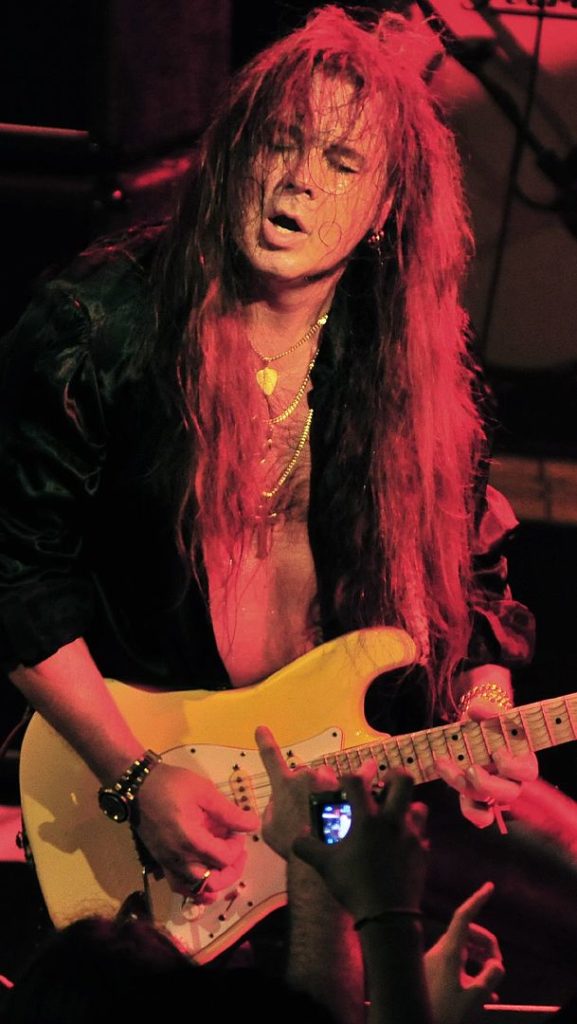
The reason speed and mastery are so connected is that practicing for speed actually FORCES your brain to learn things as thoroughly as it possibly can.
The reason is simple: the faster you try to play, the less time you have to think and ponder your next step. There is no longer any space for hesitation, making allowances, taking little pauses while you think about what note comes next (without even realising that’s what you’re doing), and all that other stuff.
To play fast you need to stop ‘thinking’, as such, and just GO.
And that’s something you can only do that when you truly know what you’re playing.
You only reach that kind of instinctual, almost reflex-like level of action when the notes you’re playing are so deeply engrained that you no longer need to consciously think about what your fingers are doing.
Of course, you might have mentally grasped a concept and memorised something like a scale pattern quite well, yet still lack the physical capability to play it quickly. That is a question of technique, the other side of the coin.
You can only play as fast as your technique allows you.
And, once again, pursuing the goal of speed forces you to make your technique better.
When you hit a wall in your speed, you are pushing up against the limits of your technical ability. The only way through that wall is by improving and refining the way you play, so that you use less energy and make more efficient movements. That’s the only way to get faster.
Therefore, your maximum speed is also a direct reflection of the quality of your technique.
Now, perhaps you’re still thinking something like this:
“But I can still know my stuff and be a good player without being a shredder…”
If so, I fear you are missing the point.
Yes – you can be a great player without playing lightning fast, and nobody is saying that fast = good – BUT there is something extremely important I think you’re missing:
So-called ‘slow’ or expressive, emotional playing is often a lot faster than you realise!
No such thing as a 'slow' solo
If you don’t believe me, let’s take an example to finish off this article.
What better example than perhaps THE greatest ‘feel’ solo of all time: the monumentally epic outro to Comfortably Numb by Pink Floyd.
David Gilmour from Pink Floyd is always, without fail, given as the prime example of the ultimate ‘feel’ guitarist who “doesn’t play fast”.
Due to this reputation for being ‘slow’, many players believe this kind of expressive playing somehow doesn’t require good technique.
Big mistake.

Would it surprise you to know that in order to play this so-called ‘slow’ solo, you need to be able to comfortably (HAH) hit speeds of more than 6 notes per second? (6.5 notes per second to be exact).
PS When I say something is “6.5 notes per second”, I mean the fastest parts are that speed. That’s all that matters when assessing the difficulty of something, because if you can’t play the fastest part then you can’t play it… full stop.
To get a sense of how quick 6.5 notes per second is, get your watch out or sit in front of a clock and tap your finger 6 times for every click of the second hand. Well, it’s a tiny bit faster than that.
Speed is relative, of course.
6 and a half notes per second is – believe it or not – quite sedate compared to many things. With that said it’s not exactly a stroll in the park either, especially when you factor in that techniques like string bending are used throughout.
When you consider that the ludicrous wah-pedal run by Slash in the middle of the Sweet Child O’ Mine solo (which even experienced players find tricky) clocks in at just over 8 notes per second, it helps you appreciate that something like Comfortably Numb is faster – and therefore more difficult on a technical level – than many people realise.
While you let that sink in, there’s one final related point that less experienced players tend to forget:
In order to confidently play well, you need to be substantially over the skill level the piece requires.
The 10% Rule
If my maximum speed on a good day is only just at the level of what I’m trying to play, it’s going to be touch and go in any kind of ‘real life’ context like playing in front of others or recording.
On a bad day, it will fall apart completely.
This means that if you want to confidently say “I can play Comfortably Numb”, and do it justice, you really need to be faster than its raw top speed demands.
How much faster? 10% is a good starting point, but, obviously, the more the better.
The more you raise your speed bar, the easier you’ll be able to play anything that falls below it. The more ‘headroom’ you have speed wise, the more you can relax and focus on other things and make the performance sound great.
We could call this the ’10% rule’. Paul Gilbert summarised it like this:
“In order to execute something live I have to be twice as good at it. With confetti cannons going off, my guitar hanging around my knees and people throwing shoes at me, it’s much harder to play anything on stage than it is in my room”
Ok, but you get the idea. The point is a serious one. To sound pro and play reliably well, your ‘max’ needs to be well above the level you’re playing.
And whether you are playing to an audience, recording, playing while standing up (if like most people you usually practice seated), or you’re not fully warmed up, or you’re feeling a little nervous… playing ‘for real’ is always harder than you expect.
So, if we apply the 10% rule to the Comfortably Numb solo, that raises the speed from 6.5 to over 7 notes per second (7.2 to be exact). Since we’re slightly over 7, we’d be safest rounding up to 8 (10% is only a starting guideline after all).
7 – 8 notes per second!
That’s pretty quick for a slow solo, don’t you think?!
If that’s ‘slow’ in the world of lead guitar… how fast do you think things get?
And that, my friends, is why speed matters – even if you (think) you don’t need it!
Is your playing going nowhere fast? Wish you could sound like your heroes but can’t get up to speed? Send me a message at hello@christybannerman.com to find out how I can help you smash your goals and become the player you’ve always wanted to be.

